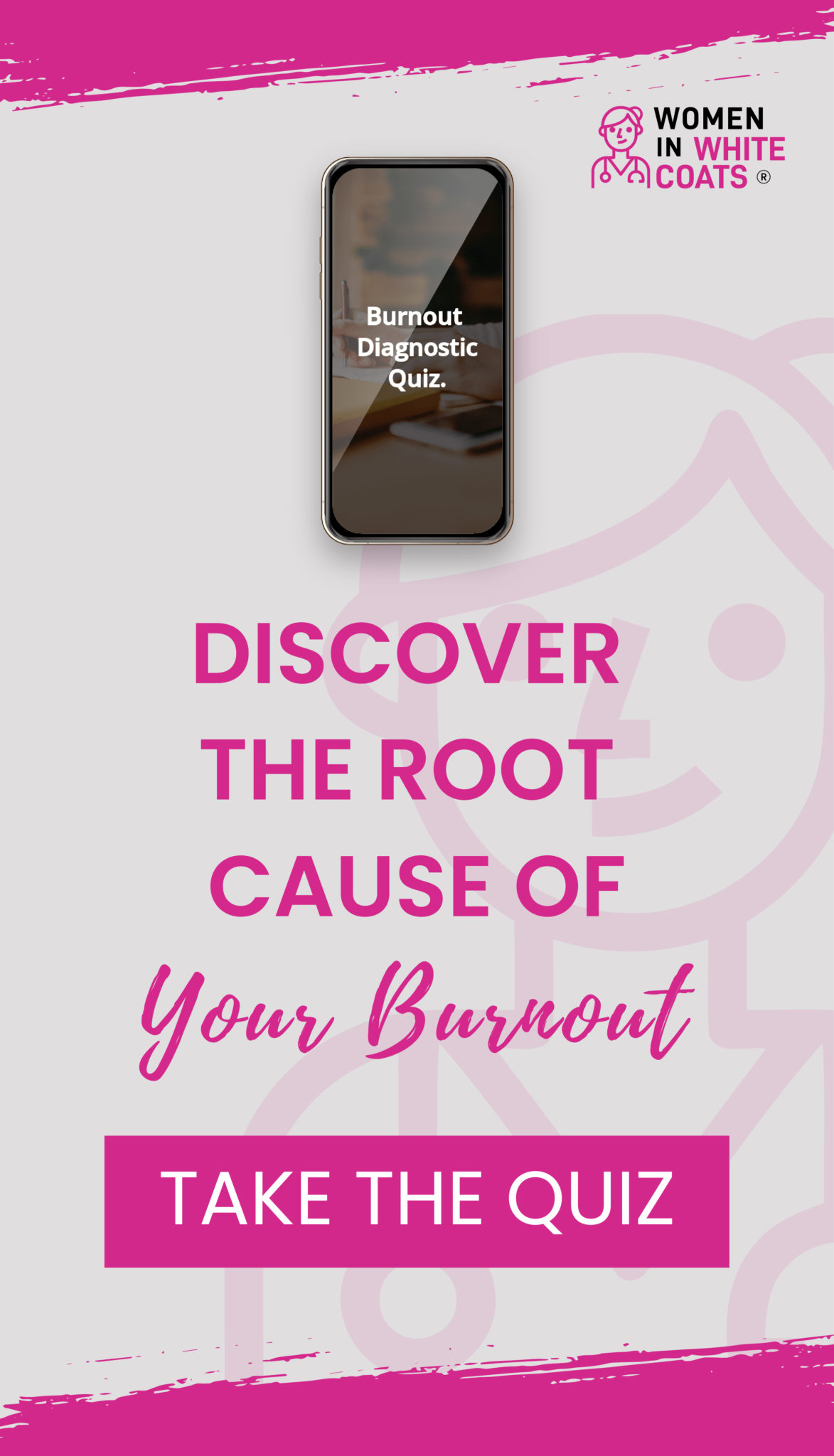This week on the blog, we are sharing an excerpt of the chapter Dr. Kim Nichols wrote in the latest installment of The Chronicles of Women in White Coats! Keep reading to learn more about her background with mentoring:
Although I enjoyed the new practice and all of my interactions with the learners, I still yearned for that sense of belonging that I had enjoyed in my previous practice. I didn’t have the words for it at the time, but I knew that I had focused heavily on building relationships to get the necessary buy-in and teamwork from the nurses, surgeons, and OR staff as the young, black female doctor who was new to their town, their hospital, and doctoring in general. I now know my affinity for relationship building as relational leadership, and one of the first things that I wanted to do as the new Division Chief of General Anesthesiology was to try to bring our work community together. We were a large group, and it was hard to get the sense of cohesiveness I knew we could achieve. I thought one of the easiest first steps was to host a monthly departmental birthday party, during which we celebrated the birthdays of all members of the department — anesthesiology technicians, staff, resident and fellow trainees, nurse anesthetists, and faculty. Recognizing employees as people could help signify that they matter.
I also decided that we should facilitate a sense of community from the very beginning of someone’s tenure in our department. Remembering my own feelings of fear the first few days of working there as a new faculty member, I conceptualized and co-wrote a new faculty orientation manual and created a new process for faculty orientation, which involved recruiting faculty colleagues to serve as “buddies.” This would acclimate new hires to our hospital, institution, and town.
Around the same time, our department was notified that our anesthesiology services were being requested at an outpatient gastroenterology (GI) endoscopy center, but we had never provided services there, and someone would need to first set up the practice location. Unfortunately, though this seemed like a great opportunity for our department, it was not one that was welcomed by the GI clinic’s medical director or the nurses who currently worked there. Further, I had only originally volunteered to ‘help’ with the initiative, but it soon became very clear that, from an anesthesia standpoint, the responsibility for the practice set-up was solely mine.
Fortunately, I used my innate systems-based thinking, experience in business, ability to build relationships, and knowledge of operating room management to set up the infrastructure for the practice, which eventually helped to also win over my anesthesiology colleagues, the gastroenterologists, and the GI nurses. That practice became a refreshing change of pace for me and broke up the monotony of the operating room. The relationships that I built with many of the people there, including the medical director, developed into some of the ones I cherished most while at work, totally avoiding what could have been a public relations nightmare. From a purely business standpoint, this practice also became one of our more lucrative anesthetizing locations. Although it is not widely known that I am the architect of that enterprise, I still am, and I’m proud of myself for getting it off the ground and having stepped up to do it. I learned to trust my abilities and that I can apply the knowledge that I have acquired appropriately.
Despite some of these early wins, I still felt like I was spinning my wheels, perhaps not being fully acknowledged for my developing skills, and, most importantly, not finding any particular pathway or progress in my career. I also began to notice that, despite my demonstrated strengths and interests in service projects, I didn’t seem to be asked to participate on projects that resulted in the scholarly products necessary for promotion. I also didn’t know to capture the service work that I had done in the form of scholarly output. The situation made me antsy and increasingly dissatisfied with the trajectory of my career. I reflected heavily on this and lamented the fact that I had not had much formal mentoring, virtually no sponsorship, and that this was continuing to affect my current (and future) career prospects.
A more successful and senior colleague sensed my frustration and informally suggested that I might consider a new opportunity being advertised in the medical school — to teach first year medical students about the foundations of taking a history, the mechanics of performing a physical examination, and approaches to diagnostic clinical reasoning. Having graduated from medical school numerous years ago and, as an anesthesiologist far removed from primary care, I didn’t think that I was qualified in any way to take on this role. At the same time, however, I had won a teaching award in my department for my role in resident education so I thought I could probably pull it off. Even more so, I knew that my current situation of feeling unfulfilled at work was untenable. I had to do something. I couldn’t continue on this same track. So, I decided to take a leap of faith, step way outside of my comfort zone, and apply for the position.
I was nervous, pleased, and excited when I found out that I had been selected as a tutor for the class and that, as a longitudinal program, I would have this same group of seven students for 3 semesters — or until the end of their second year of medical school.
Seeing my students every Wednesday provided me with a bit of the community for which I had been looking. We were like a little family. They accepted me exactly as I was and with open arms. They were just happy to see me! They didn’t seem to notice (or mind?) that I was a novice at teaching the class or that I was re-learning information at the same time they were learning it. But my involvement with this class was transformational and couldn’t have come at a better time. These students unknowingly helped me deal with some of life’s biggest stressors — the financial and emotional toll of a divorce, adapting to single professional parenthood, several career setbacks, and navigating the unfamiliar territory of relationships post-divorce. For three hours a week, I was able to put aside everything else that was going on in the background…
To finish reading Dr. Nichols’ chapter and many more like it, you can purchase The Chronicles of Women in White Coats 4 by clicking here.



